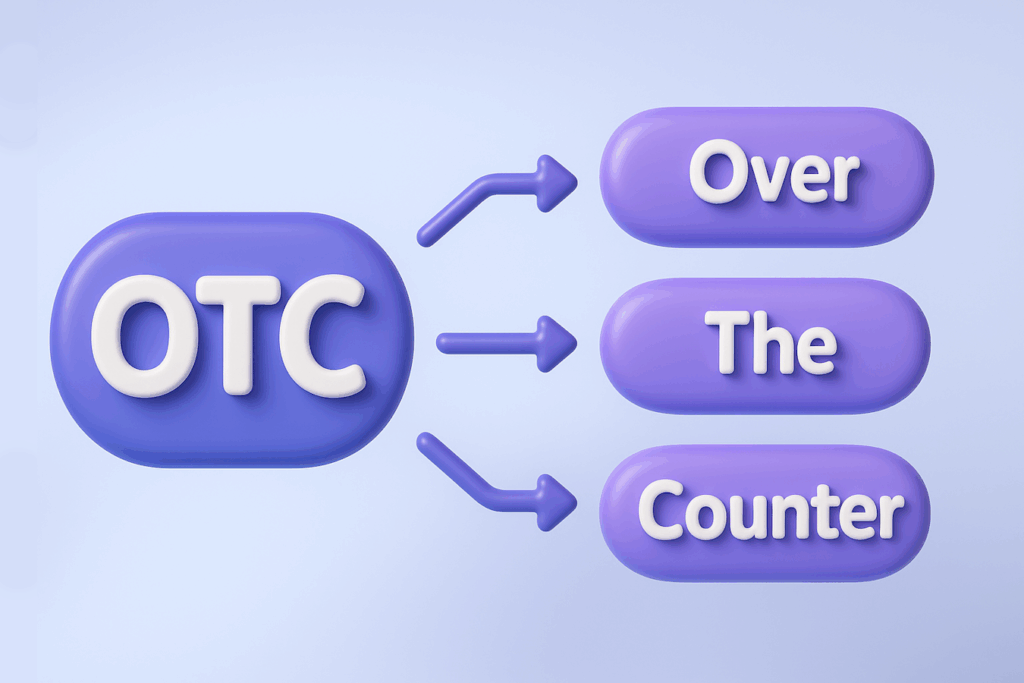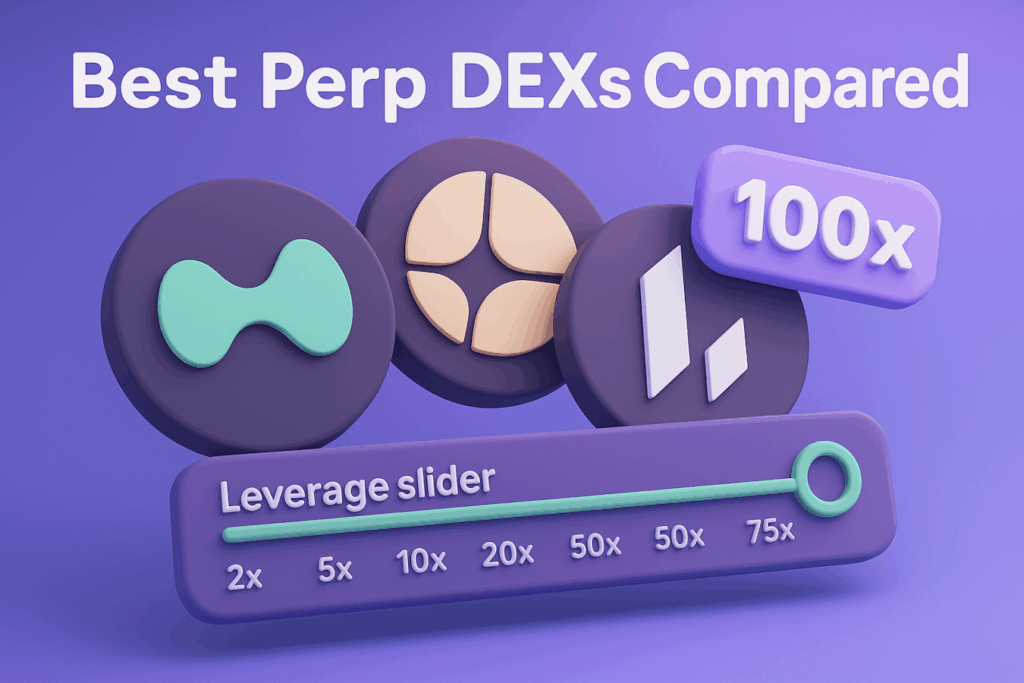share
When first dipping your toe into the world of non-fungible tokens, it’s great to discover there are a variety of different marketplaces available to sell your creations. If you’re about to create your first NFT project, you can read a complete guide here. By using blockchain technology, NFTs provide artists with a highly secure way to sell their digital art while establishing ownership and provenance in a way that even physical artwork cannot. However, gas fees might not be a part of your plan.
What Do Gas Fees Mean for an Artist?

We already discussed how to sell NFT collections in 2022 in our article. Therefore, creators and artists know that dealing with non-fungible tokens on the Ethereum network can be expensive due to gas fees. But they understand that NFT gas fees are the price to pay to create, sell and buy NFTs. Of course, this has a significant impact on NFT creators and artists. So, what do gas fees mean for artists?
Gas prices are unrelated to the absolute value of the digital asset and, in some cases, may outstrip the price of the assets put up for sale. This is especially difficult for new and upcoming artists who haven’t yet established name recognition themselves.
Essentially, an artist without a solid enough reputation might find it difficult to sell their art when they overcharge to attract higher prices.
Contrary to popular belief, non-fungible tokens do not always sell for six figures. Most non-fungible tokens sell moderately, for a few hundred dollars, and many may not be sold at all. Considering that you have to pay gas fees to create and sell your NFT, you may lose money rather than make a profit. To make matters worse, it’s not easy to predict what you’ll be paying for gas since the price keeps changing.
High gas prices mean artists may find it challenging to profitably create and sell their work profitably. To make their artwork-related NFTs more affordable when gas prices spike, some artists may attempt to reduce the overall price of the artwork to compensate for the cost of gas. This, however, presents a new challenge, as buyers may perceive the work to be of less value – since they have to decide if it’s worth spending a larger percentage of the total cost on gas fees.
Why Is Gas Fee Required?
Ethereum, like Bitcoin, currently uses a Proof-of-Work mining model. In proof-of-work, miners are decentralized computers that use their computing power to process and confirm transactions. In Ethereum, new transactions get added in “blocks” every 15 seconds. Miners are a built-in mechanism of the Ethereum blockchain and get paid in Ethereum’s native cryptocurrency, ETH.
When you pay for gas fees, the payment only guarantees your transaction to be processed. It does not guarantee that the transaction will succeed.

This is because gas prices on Ethereum fluctuate widely. If there is a high level of activity on Ethereum- for example, a popular NFT collection is being released – gas prices will rise due to network congestion. In this case, the original gas fee you paid may no longer be high enough for miners to process and confirm the transaction.
Why Can Gas Fees Be a Problem for Some?
You need to understand that gas fees are the price you pay to create, buy, and sell NFTs on the Ethereum blockchain. However, this has caused many issues for aspiring NFT creators and collectors.
When gas prices are high, it becomes difficult for creators to mint and sell their work. Since gas prices differ from the actual valuation of non-fungible tokens, costs may be much more than the actual cost of the assets you’re selling.
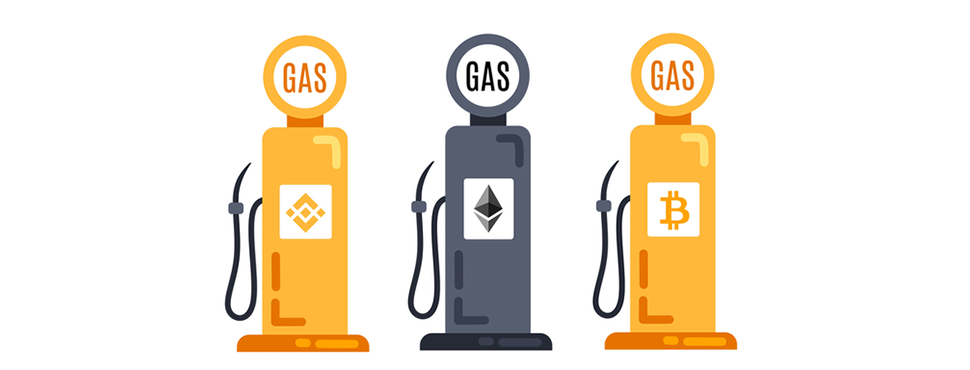
It is not just the sellers. Buyers also face issues with gas prices. Buyers have to pay gas fees whenever they place an order or cancel one. Actions such as making a purchase or transferring an NFT to another wallet will incur gas fees.
New sellers on the platforms are usually unaware of this and end up not earning much or even losing money on their transactions. If the gas is not adequate, then the transaction will get reverted, and you will get charged for that as well.
The good news is that Ethereum is working on upgrading parts of the blockchain to a proof of stake mechanism. The proof of stake mechanism is much more efficient compared to proof of work, and as a result, gas fees are likely to be reduced significantly.
How to Avoid NFT Gas Fees
Gas fees on Ethereum have reached cost-prohibitive levels for many artists, but measures are underway to try and lower the fees. Ethereum’s “merge” to a proof-of-stake model is set to occur in the second half of 2022. Switching from a proof-of-work model (which uses more energy) to proof of stake could help lower NFT gas fees.
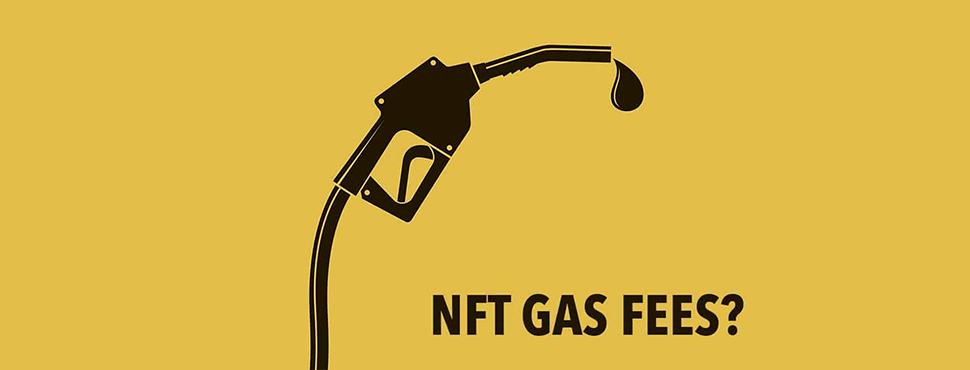
Although Ethereum is the most popular blockchain for digital transactions, such as NFTs, there are other blockchain networks that tout lower fees. Solana (CRYPTO:SOL) is one of them. Although it doesn’t have the volume of non-fungible tokens of Ethereum, it has been gaining in popularity due to lower transaction costs and faster transaction computing time.
If you are a digital artist, another way to avoid paying NFT gas fees is by using “lazy minting.” This is a delay in recording an NFT on a blockchain. Some NFT marketplaces allow for the creation of non-fungible tokens, listing them for sale and then paying for the gas to record the NFT on-chain once a buyer submits an offer. Once a purchase is accepted, the gas fee is paid and included in the sale price.
Another way to lower gas fees is to list multiple NFTs as a “collection,” effectively bundling the assets together and selling them as a package to a buyer. Combining multiple NFTs as one transaction also lowers the amount of gas used on the Ethereum network.Perhaps the best way to avoid NFT gas fees, though, is by using a sidechain network. A sidechain is a separate blockchain that runs independently of a parent blockchain but is connected to the parent via a two-way peg that allows for digital asset transfers. Many sidechains allow for faster or cheaper transactions than the primary Ethereum blockchain network.
Polygon is a popular Ethereum network sidechain, and some marketplaces, such as OpenSea, support NFT sales using it. A key feature of Polygon is that it has no NFT gas fees. This makes it an ideal solution for digital creators looking to save on the cost of minting and selling non-fungible tokens.
Mint an NFT Without Paying Gas Fees

You need to mint your non-fungible tokens before selling. And as we have seen above, creating NFTs and putting it up for sale on any marketplace comes at a hefty price. It should also be noted that there are costs associated with both minting and selling NFTs. This has obviously discouraged several artists and creators from creating their own collections. This is where free NFT minting becomes relevant.
Searching how to mint NFTs without having to pay gas fees? Welcome to the “Lazy minting” club. Essentially, lazy minting is the process of minting non-fungible tokens without paying for gas. Go with a gasless NFT marketplace like Polygon’s NFT Minter, which comes with a tonne of fantastic features for NFT creators. And the best part? Everything is 100% gas-free. This is no doubt one of the most cost-efficient approaches to NFT minting.
What Is Meant By Lazy Minting Of NFTs?

Lazy minting is a process that allows artists to sell their non-fungible tokens on marketplaces without paying a gas fee initially. They are required to pay the gas fee when their artwork has been sold, which is great in many ways. It was launched back in 2010, and top-ranking marketplaces like Rarible and OpenSea also adopted this method for minting and selling NFTs.
The concept of lazy minting is a great opportunity for digital creators and artists as they do not have to invest their money before selling your non-fungible tokens. It definitely slashed the risk factor for them.

The process of lazy minting varies from one marketplace to the other. However, the general method for minting non-fungible tokens without paying any gas fee can be carried out in 3 easy steps.
Step 1: You will be required to make a small contract with the marketplace (Rarible, OpenSea) in order to mint your non-fungible tokens.
Step 2: You will be required to create a signature that will personalize your NFT and shall appear with your private key.
Step 3: If someone wishes to purchase your NFT, he will be required to pay for the NFT as well as the minting fee.
How to Sell an NFT Without Gas Fee: Process
Step 1: Download and set up your MetaMask wallet
As an example, we will take the MetaMask wallet. You can also go to the MetaMask website, where you can download it for free.
If you already have a wallet, use the secret recovery phrase to import it. If not, follow the instructions below to create a new one. Make sure to write down (on pen and paper) the secret word since you’ll need it if your device is lost or stolen. You will also need to make a password for your wallet that you’ll enter each time you want to link it.
Step 2. Open an account on a marketplace
As an example, we’ll choose the OpenSea platform. But technically, it doesn’t need to be an OpenSea since there are other marketplaces out there.
Then, if you have an account already, you’ll just simply follow the prompts to create an account on the web page of your chosen marketplace.
Also, you have to know that if you lose your wallet login information, there is no way to recover it. This means that if you can’t get into your wallet, you will have lost everything inside of it.
Finally, by linking your wallet to the marketplace website, you will create an account on the platform.
Step 3. Create an NFT
Now that you have finished signing up for an account, it is time to create an NFT for your personal page. To do this, go to the “My Collections” tab and click on “Create My Collection.” From there, following the instructions will allow you to add an NFT of yours to the site.
The process of creating an NFT is not complicated. You will need to add a name and description, select a category, including any links to other art pieces you have and choose what royalty price you want to attach to the NFT. It’s worth noting that if you set the royalty price too high (10% is the maximum amount), then it becomes less attractive to potential buyers.
Step 4. List your NFT without a gas fee
The last stop on our journey to creating your non-fungible tokens is the minting process. When you come across the “blockchain” section, make sure to select “Polygon” and not Ethereum.
When you try to mint an NFT with Ethereum, you’ll have to pay for gas promptly. And if you don’t have any money in your wallet at the time, though, clicking on Ethereum won’t work anyway since the process requires funds.
Then you have to click on Polygon to make the gas-free feature enabled. With that, you will not get any fees when listing an NFT.
After that, you can click on the “Create” button to create your very own NFT art- for free!
Best Marketplaces To Sell NFTs Without Gas Fees
Yes, there are some possibilities under which you can trade your NFT without paying the gas fee. This can happen if you choose the right NFT marketplace for your NFT. You can trade your NFT at a lower or no gas fee on various NFT marketplaces, some of which are mentioned below.
Rarible

Rarible is a popular NFT marketplace that offers the opportunity under which you can sell your NFT without a gas fee. This happens because Rarible launches its Lazy minting facility that allows users to trade their NFTs at a lower gas fee to a 0 gas fee.
Rarible also allows you to transfer your gas fee to the buyer so that you don’t have to pay it. Other than that, Rarible also allows you to trade NFT without a gas fee using its marketplace that executes transactions using blockchain that cost low on the gas fee.
OpenSea

OpenSea is another popular NFT marketplace that allows users to trade their NFT at low or no gas fees. OpenSea uses Moralis technology that is based on the coupon system that forwards the gas fee so that it can be claimed when the user claims the coupon for NFT.
Other than that, this reduces the NFT development cost and costs lower on NFT minting gas fee. This is how OpenSea allows users to trade NFT without a gas fee.
Mintable

Mintable is another useful site for traders looking for a more cost-effective way to create or sell their NFTs. Surprisingly, it offers a free registration process and charges no fees for producing or offering NFTs for sale, making it a far more attractive option for new and inexperienced traders.
Mintable has developed a platform that is ideal for artists seeking zero investment and great returns. With no minting fees, it has the potential to quickly become the most frequented marketplace.
While the website is less user-friendly, it does provide NFT developers with a free minting and sale process. The site has low traffic due to the lengthy registration process.
Versify
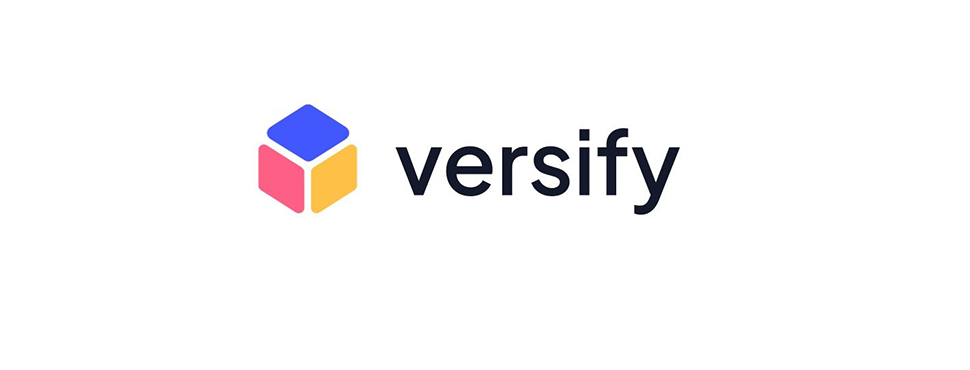
Lastly, you can also sell on Versify. It is a platform that makes it easy to sell NFTs without any gas fees for the seller or buyer. Additionally, it makes it easy to buy non-fungible tokens with a credit card which means you can appeal to people who are not familiar with blockchain transactions and using MetaMask.




